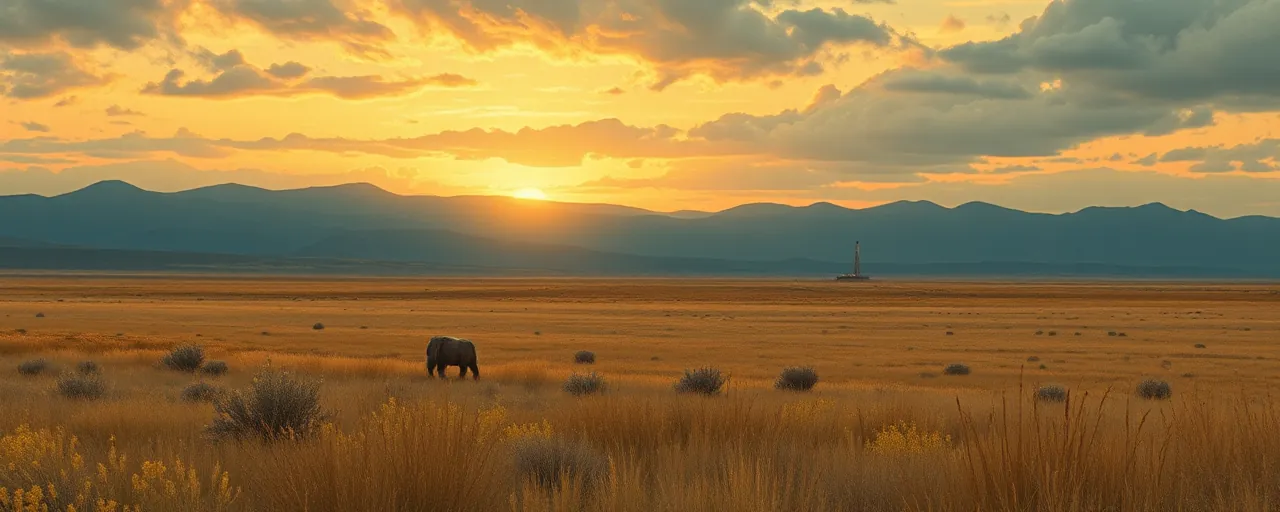A Sudden Policy Pivot
The Bureau of Land Management’s recent decision to halt environmental impact reviews for over 3,000 oil and gas leases across seven Western states hit like a curveball. Covering 3.5 million acres in places like Colorado, Utah, and Wyoming, the move scraps a plan from January 2025 to deeply study the ecological fallout of drilling. Instead, the agency is now exploring other ways to meet federal environmental rules while fast-tracking energy projects.
This shift stems from a broader push to ramp up domestic oil and gas production, driven by new federal directives. The decision affects lands rich in resources but also home to delicate ecosystems and cultural sites. For communities nearby, from ranchers to Indigenous groups, it’s a high-stakes moment that reignites debates over how public lands should be used.
Why the Change?
The Bureau’s reversal ties directly to a January 2025 executive order aimed at cutting red tape for energy companies. That order, paired with a directive from the Interior Department, seeks to prioritize drilling and mining on public lands. By dropping the requirement for a detailed environmental study, the agency aims to speed up leasing decisions, potentially unlocking billions in energy revenue. Supporters argue this bolsters energy security and fuels local economies in states like New Mexico and North Dakota.
Yet the pivot doesn’t erase the need to comply with the National Environmental Policy Act, a 1970 law mandating federal agencies weigh environmental impacts. The Bureau now faces the tricky task of finding alternative ways to meet those rules without slowing down leasing. Some energy firms welcome the change, saying it clears hurdles that stalled projects for years. But others, including environmental advocates, warn it risks glossing over long-term harm to wildlife and water sources.
What’s at Stake on the Ground
Drilling on public lands isn’t just about pumps and pipelines; it reshapes landscapes and lives. In Western states, oil and gas work has long driven jobs but also sparked concerns about air quality, water use, and habitat loss. Studies show well pads and roads can fragment ecosystems, hitting species like pronghorn and sage grouse hard. Methane leaks from wells add to greenhouse gas worries, with public lands accounting for a hefty chunk of U.S. emissions.
Indigenous communities, particularly in places like New Mexico and Montana, face unique risks. Sacred sites and treaty lands often lie near drilling zones, and water contamination from wells has been a recurring issue. Meanwhile, states like Colorado are tightening rules on methane and habitat protection, creating a patchwork of regulations that complicates the Bureau’s next steps. The agency’s decision to pause its environmental review leaves these tensions unresolved, with locals waiting to see what happens next.
A Broader Energy Tug-of-War
This leasing decision lands amid a larger shake-up in U.S. energy policy. Recent federal moves have leaned hard into fossil fuels, easing rules for offshore drilling and natural gas pipelines while scaling back support for renewables. The shift reverses earlier efforts to curb emissions and expand clean energy, creating a divide between federal goals and state-level pushes for sustainability. Wyoming, for instance, banks heavily on oil revenue, while Colorado invests in wind and solar.
The Bureau’s role here is pivotal. Managing 245 million acres, it’s a gatekeeper for energy projects that supply roughly 11% of U.S. natural gas and 5% of oil. Historically, its policies have swung with administrations, balancing extraction with conservation. Today’s focus on speed and output echoes past debates, but the stakes feel higher as climate pressures grow and energy demands climb.
Looking Ahead
The Bureau’s next moves will shape not just oil and gas output but the future of vast Western landscapes. By sidelining its planned environmental study, the agency has opened a door to faster leasing, but questions linger about how it’ll navigate federal environmental laws. Legal challenges are already brewing, with some groups arguing the decision skirts accountability. Others see it as a pragmatic step to keep energy flowing.
For those living near these lands, the outcome matters beyond policy jargon. It’s about clean water, healthy wildlife, and jobs that pay the bills. As the Bureau weighs its options, the tension between fueling the nation and preserving its natural heritage remains as sharp as ever. Whatever path emerges, it’ll ripple across communities and ecosystems for years to come.
